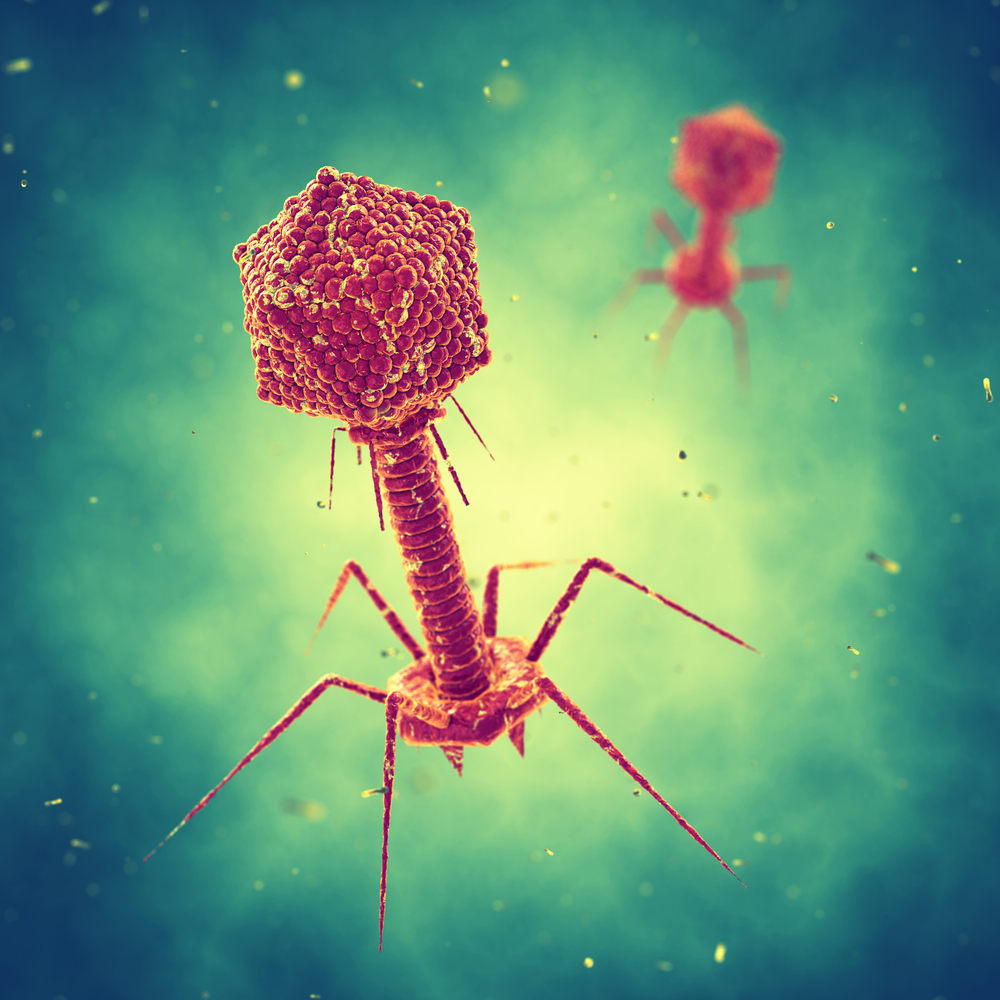Rabies Virus May Hold Key for Efficient Therapies in Parkinson’s, Study Suggests

New nanoparticles containing a specific part of the rabies virus may improve brain-targeting therapy in Parkinson’s patients, study suggests.
The research, “Targeted Brain Delivery of Rabies Virus Glycoprotein 29-Modified Deferoxamine-Loaded Nanoparticles Reverses Functional Deficits in Parkinsonian Mice,” was published in the journal ACS Nano.
A common feature of Parkinson’s is the accumulation of iron in the brain, which causes oxidative damage and neuronal death in the substantia nigra, a critical area in movement control. This iron build-up has led to the use of metal-grabbing compounds such as deferoxamine (DFO), which binds to iron and aluminum. However, high doses are required to overcome the compound’s limited ability to enter the brain.
The rabies virus causes encephalomyelitis, a rapidly progressive infection in the brain and spinal cord. To cross the blood-brain barrier, which separates the brain from the circulating blood, the virus must first trick the nervous system. This natural viral capacity is a strategy of interest for drug development, which may enable researchers to lower the dose of DFO needed to exert effects in the brain, while reducing its side effects.
A team of Chinese and Australian researchers created a nanoparticle (tiny particle) system containing a part of the rabies virus (glycoprotein 29) that binds to a specific receptor in nerve cells and enable DFOs delivery into the brain.
After experiments in cells grown in the laboratory to evaluate the nanoparticles’ efficiency, its blood-brain barrier permeability, and its pharmacological profile, researchers tested the particles in a Parkinson’s mouse model.
“This nanoparticle system showed satisfactory efficiency in intracerebral delivery of DFO and could be readily internalized by neuron cells,” researchers wrote.
Intravenous injection of these iron-grabbing nanoparticles boosted the accumulation of DFO in the mouse brain, reduced brain iron levels, eased oxidative stress and neuronal death in the substantia nigra, and reversed Parkinson’s neurobehavioral deficits.
Importantly, the scientists did not observe relevant side effects in the brain or other major organs.
“This DFO-based nanoformulation holds great promise for delivery of DFO into the brain and for realizing iron chelation therapy in [Parkinson’s] treatment,” they wrote.
Because all of the components in the nanoparticle system are already approved to be used in the clinic, the investigators are now looking to initiate human trials.






